16.08.2023
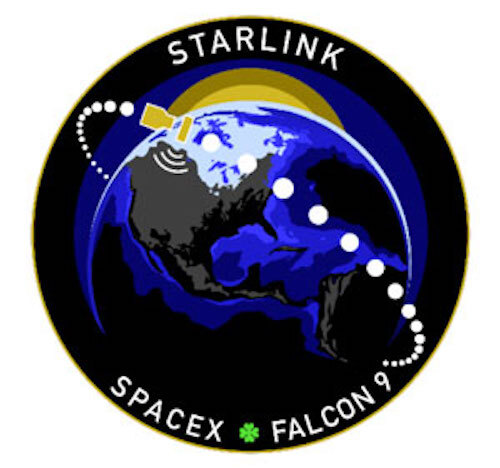
SpaceX to launch 2 Starlink missions 7 hours apart tonight and you can watch it live online
The liftoffs are scheduled for 8:14 p.m. ET on Aug. 16 and 3:01 a.m.
SpaceX plans to launch two Starlink missions less than seven hours apart late Wednesday (Aug. 16) and early Thursday (Aug. 17), and you can watch the action live.
A Falcon 9 rocket is scheduled to launch 22 Starlink satellites from Florida's Cape Canaveral Space Force Station Wednesday at 8:14 p.m. EDT (0014 GMT on Thursday). Then, another Falcon 9 will loft 21 more Starlink craft from Vandenberg Space Force Base in California on Thursday at 3:01 a.m. EDT (0701 GMT; 12:01 a.m. local California time).
You can watch both missions live here at Space.com, courtesy of SpaceX, or directly via the company. Coverage for each launch is expected to begin about 5 minutes before liftoff.
Both launches will feature rocket landings: SpaceX plans to bring each Falcon 9 first stage down on a drone ship at sea not long after liftoff.
It will be the 13th and 15th launches and landings for the Falcon 9s flying on Wednesday and Thursday, respectively, according to SpaceX. Those are impressive numbers, but they aren't reuse records: Two different Falcon 9 first stages have 16 flights under their belts.
Starlink is SpaceX's broadband constellation, which is enormous and getting bigger all the time.
Elon Musk's company has launched 4,940 Starlink satellites to date, and 4,566 of them are currently operational, according to astrophysicist and satellite tracker Jonathan McDowell.
Quelle: SC
----
Update: 20.08.2023
.
SpaceX launches 22 Starlinks from Florida, delays launch from California
SpaceX had its sights set on back-to-back launches from the East and West Coasts.
However, only the Florida launch managed to get off the ground and into orbit.
The Starlink Group 6-10 mission lifted off at 11:36 p.m. ET (03:36 UTC on the 17th) from Space Launch Complex 40 at Cape Canaveral Space Force Station in Florida. That mission itself faced a couple of delays due to weather around the Space Coast, but SpaceX was able to find a window for a successful launch.
The 22 V2 mini Starlink satellites were released from the 2nd stage just over an hour after launch, with the satellites inserted into a 43-degree orbital inclination. This launch brings the total number of Starlinks in orbit to 4,962. This group will now undergo the usual checkouts as they raise themselves to their operational orbits.
Booster 1067 completed its 13th flight, landing on the droneship ‘A Shortfall of Gravitas eight and a half minutes after launch. The fairings that protected the Starlink satellites during the first phase of flight had flown for their 10th and 11th times, and as usual, SpaceX will once again attempt their recovery and eventual refurbish for use on another mission.
SpaceX had originally planned to follow up this launch with the Starlink Group 7-1 mission from California. However, SpaceX was forced to stand down, likely due to recovery weather, but not confirmed by SpaceX as of yet. Hurricane Hilary is bearing down on the Californian coast, which has forced the delay of the launch until Monday, 8/21, no earlier than 11:04 p.m. PT (6:04 UTC on August 22).
Once the weather is clear and SpaceX is able to reposition the droneship, should be able to get this mission off the ground and possibly set up another doubleheader, as the next Starlink mission from Florida is scheduled for no earlier than the evening of 8/22, pending SpaceX confirmation.
Quelle: Florida Today
----
Update: 22.08.2023
.
On Tuesday, August 22 at 2:37 a.m. PT, Falcon 9 launched 21 Starlink satellites to low-Earth orbit from Space Launch Complex 4E (SLC-4E) at Vandenberg Space Force Base in California.
This was the 15th flight for the first stage booster supporting this mission, which previously launched Crew-1, Crew-2, SXM-8, CRS-23, IXPE, Transporter-4, Transporter-5, Globalstar FM15, ISI EROS C-3, and now six Starlink missions.
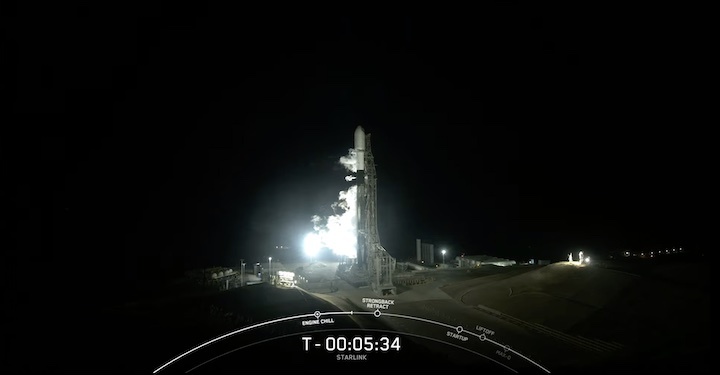
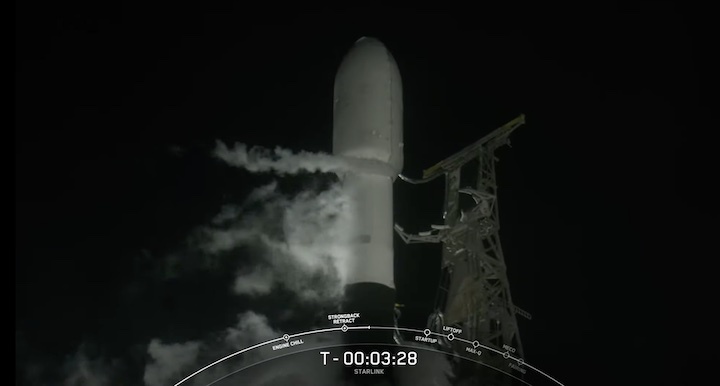
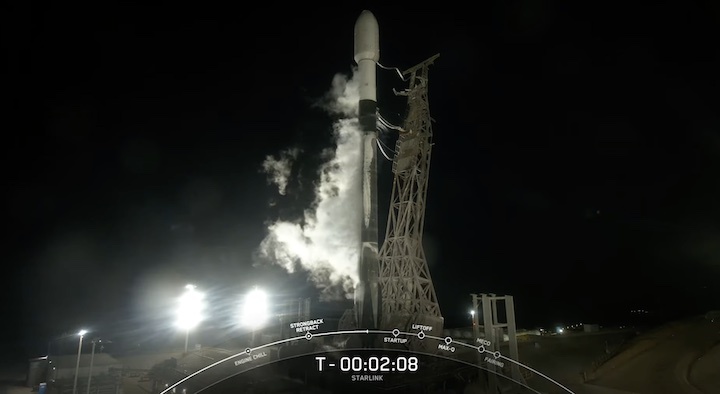
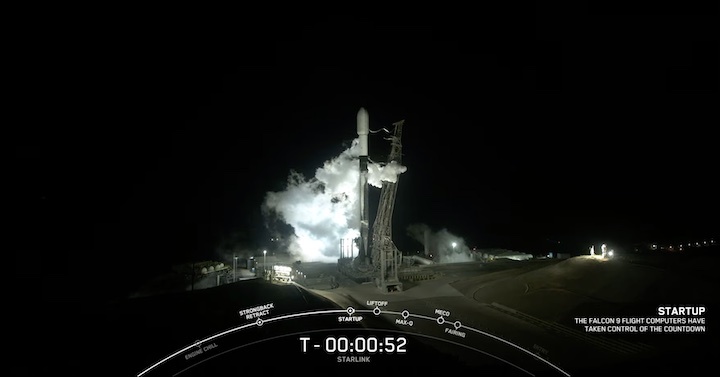
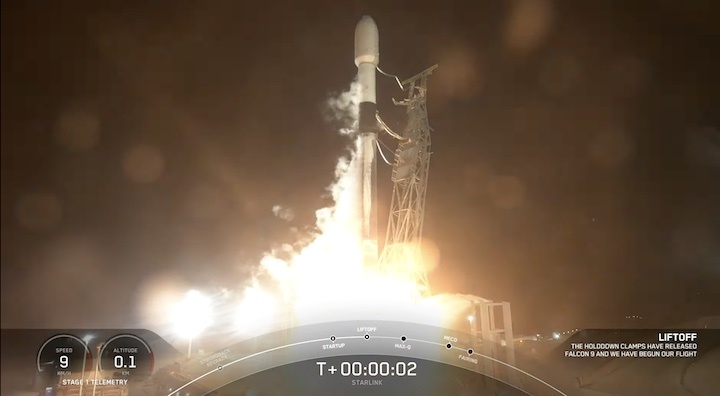
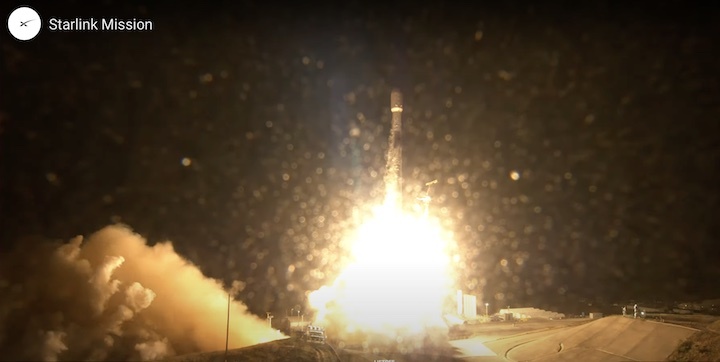
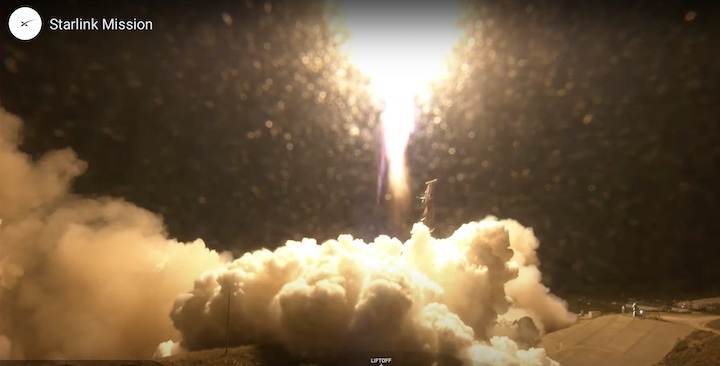
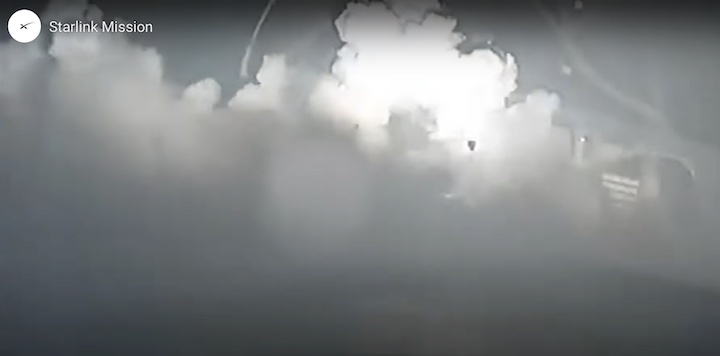
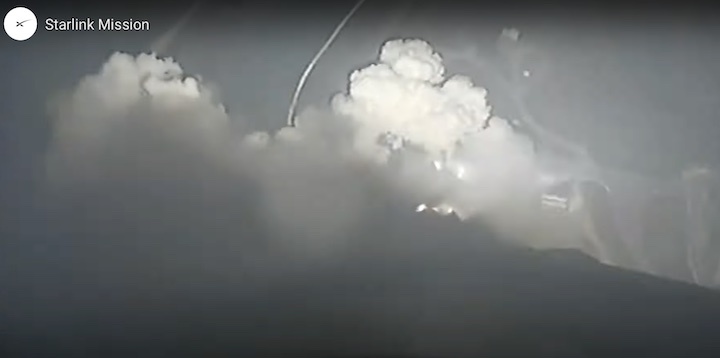
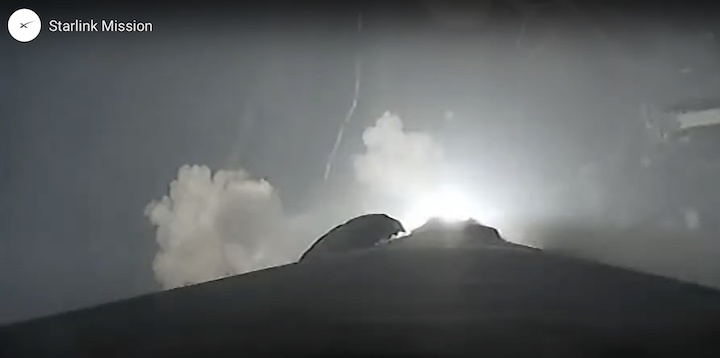
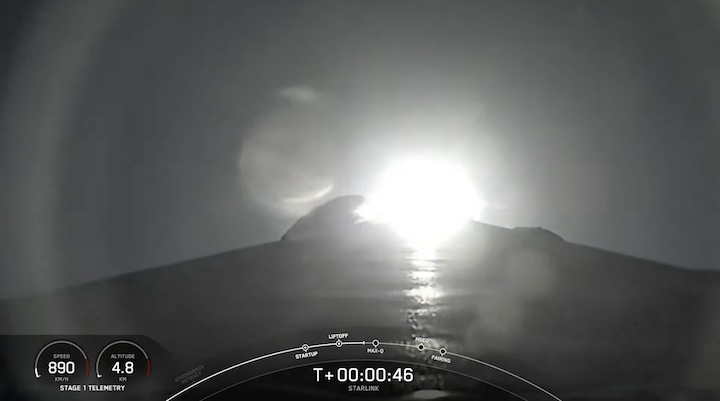
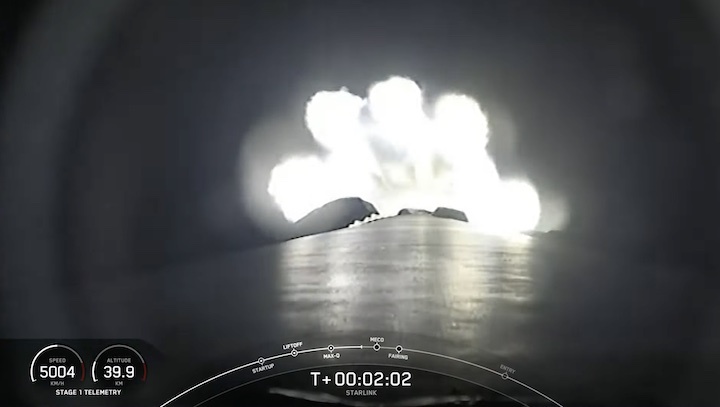
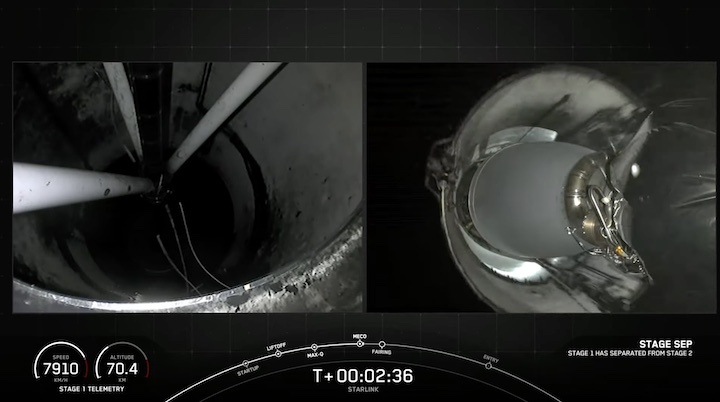
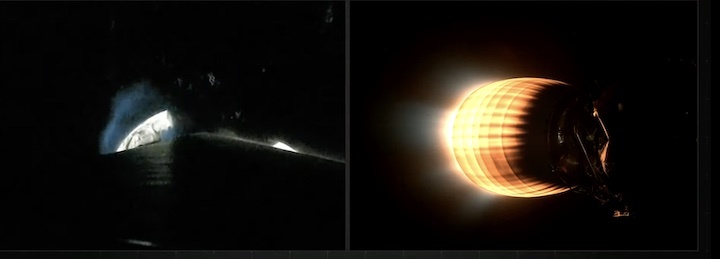
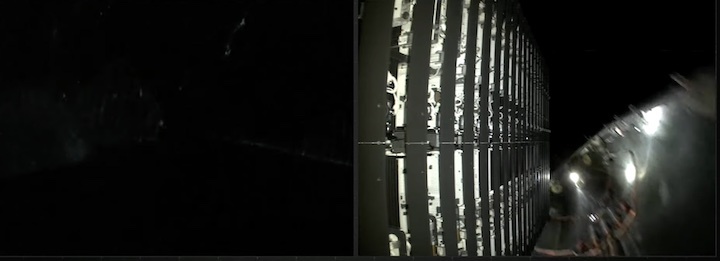
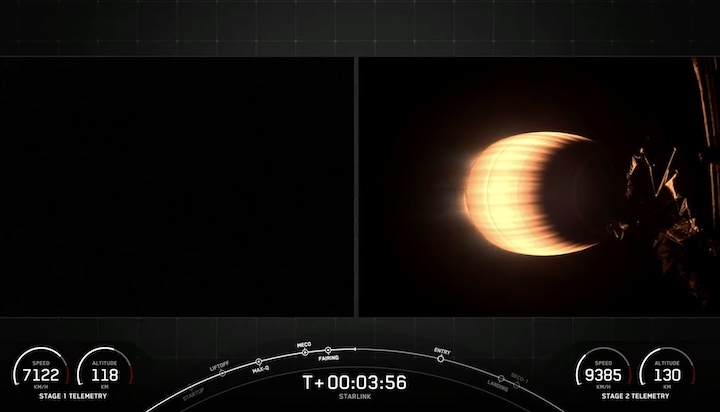
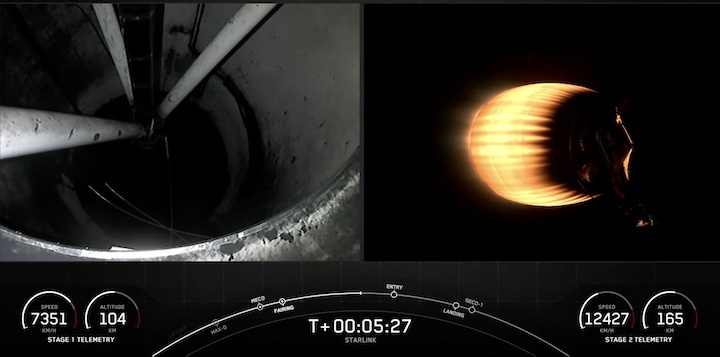
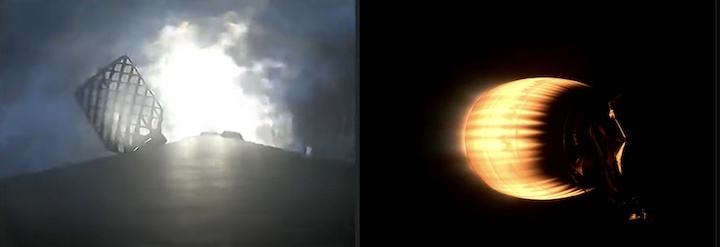
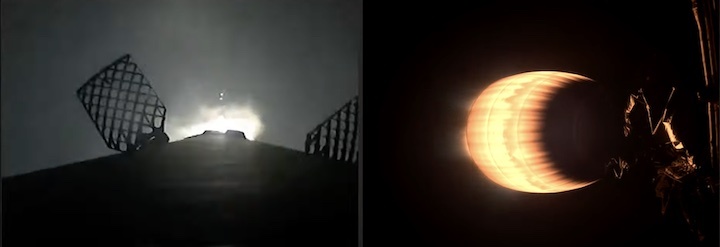


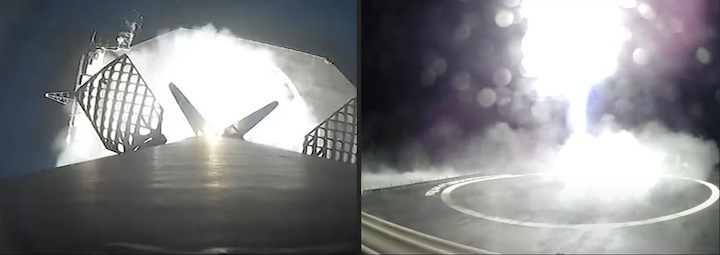
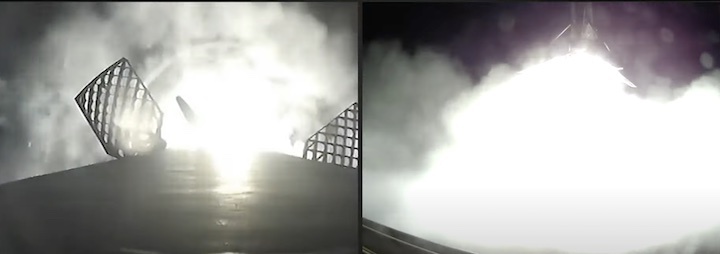

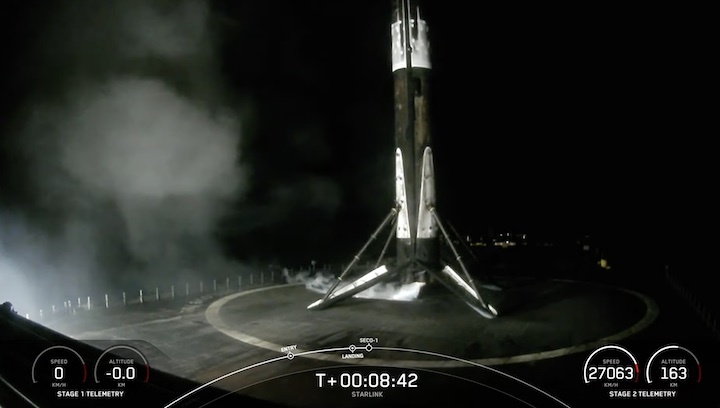
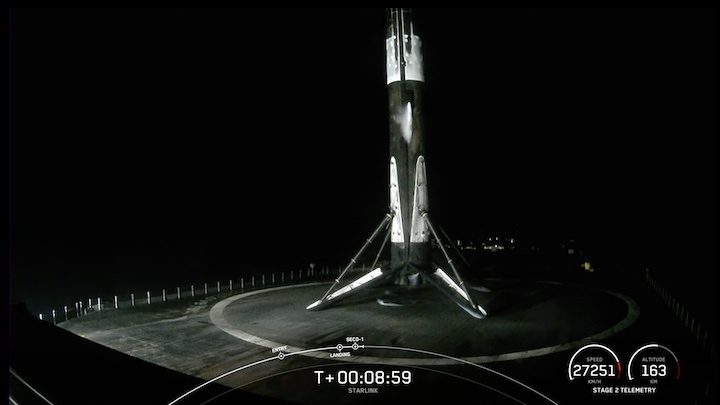
Quelle: SpaceX
